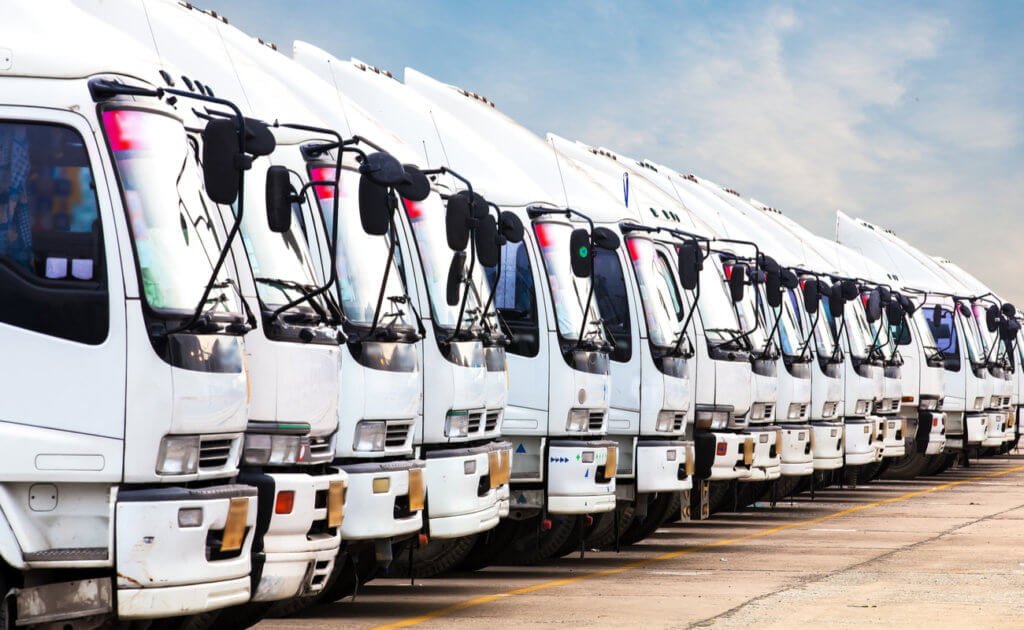The commercial vehicle sector is a crucial component of modern economies, providing the transportation backbone for goods and people. However, like any industry, it faces its share of challenges.
Here are some challenges the sector faces and how we’re focusing on future-proofing our business at Asset Alliance.
Rising fuel costs
Fluctuating fuel prices have significantly impacted the operational costs of commercial vehicles. As a sector, we’re highly dependent on fossil fuels, making it susceptible to fuel price volatility. Higher fuel costs can squeeze business profit margins and increase prices against reduced spending.
According to our industry research, 84% of operators are not running any alternative-fuelled vehicles, which is only predicted to increase by around 10% over the next three years. As part of our fleet, we’ve been running hybrid, electric, gas and hydrogen vehicles for years, so we’re focused on alternative fuels and the future.
Environmental impact and emissions
The elephant in the room for the commercial vehicle sector is its substantial contribution to greenhouse gas emissions. Trucks, buses, and delivery vehicles are essential for the global economy, but their emissions are a significant concern. Meeting stringent emission regulations, reducing the carbon footprint and transitioning to sustainable transportation options are among the top priorities. Some areas have been significantly affected by clean air zones and ULEZ
The industry is responding to this challenge by developing electric and hydrogen-powered vehicles, using sustainable fuels. Implementing telematics systems for eco-friendly driving practices is another option that can support reduced emissions.
Driver shortages
The commercial vehicle sector is grappling with a shortage of qualified drivers. An ageing workforce, strict regulations and the sometimes demanding nature of the job have made recruiting and retaining drivers a significant challenge.
The sector is exploring automated and autonomous driving technologies to address this issue, improving working conditions and offering better pay and benefits. There’s also been input from the government to fill the shortfall in drivers as commercial logistics continues to grow as an industry.
Traffic congestion and road safety
Traffic congestion not only leads to inefficiencies but also contributes to higher fuel consumption and emissions. Urban areas are particularly prone to gridlock, impacting delivery times and overall productivity. Increasing vehicles on the road can also add to concerns around safety.
Commercial vehicle companies are employing advanced route optimisation technologies to combat congestion and collaborating with the government to develop more efficient transportation networks. This also supports safety concerns by utilising technology such as collision avoidance systems to enhance road safety.
Technological advancements
While technology offers the potential to benefit the sector significantly, there’s also a challenge in keeping up with rapid advances in vehicle technology. Keeping up with new vehicle technology, cybersecurity concerns and ensuring compatibility with existing infrastructure can be complex and expensive. Technology can also become outdated quickly, leading to value losses and a drop in resale values.
The sector is investing in research and development to stay at the forefront while focusing on robust cybersecurity measures.
Regulatory compliance
The sector operates in a heavily regulated environment. Compliance with many regulations, including emission standards, safety requirements, and transportation laws, can be a formidable challenge.
Companies are investing in compliance management systems, working closely with regulatory bodies to ensure adherence to evolving standards, and putting steps in place to ensure that they stay aware and compliant with regulatory frameworks.
Infrastructure and charging networks
A robust charging and refuelling infrastructure is critical to adopt electric vehicles and other alternative fuels. Developing this infrastructure, especially in rural and remote areas, presents a significant hurdle, though the battery life of electric vehicles is improving, as is the charging network.
Public-private partnerships and government incentives are helping to expand the charging and refuelling network for alternative fuel vehicles. This then leads to more electric vehicles on the road.
The sector faces various challenges, from environmental concerns to safety and regulatory compliance. However, the industry is confronting these issues head-on and transforming itself through innovation, sustainability and technological advancements.
Discover more insights in our Industry Monitor Report

